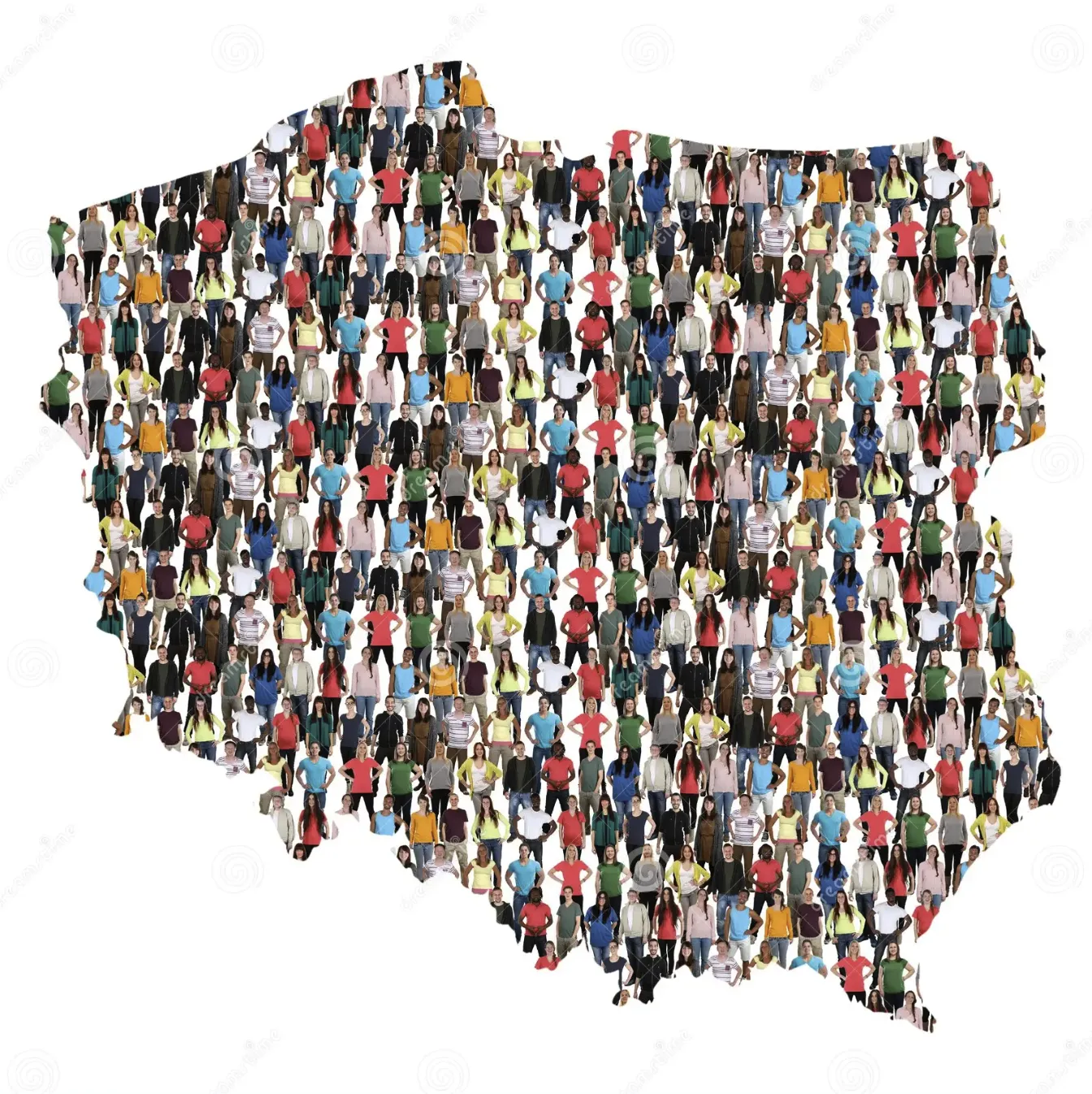With migration trends rising across Europe, Poland is stepping up its integration efforts. The country has announced the launch of 49 dedicated migrant integration centers across its territory. These centers aim to offer a unified, reliable system of support for newcomers—and they’re fully backed by European Union funding.
This move signals a shift from reactive policy to structured, long-term planning. It’s not just a response to numbers—it’s a strategy for real inclusion.
Why 49 Centers?
Poland isn’t just opening a few pilot sites. The rollout includes 49 integration centers covering major cities and regional hubs. The goal is clear: ensure consistent, accessible services for migrants, no matter where they settle in the country.
This network reflects the government’s commitment to turning integration from a buzzword into action. Instead of fragmented or volunteer-only solutions, Poland is creating a national infrastructure tailored to migrant needs.
What Will These Centers Offer?
Each of the 49 centers will provide a set of core services aimed at making the transition to life in Poland smoother, faster, and more sustainable. These services are standardized nationwide, which means migrants can expect the same level of support whether they’re in Warsaw or Wrocław.
1. Polish Language Courses
Language is the first gateway to integration. These centers will offer structured language training programs adapted to all proficiency levels. Whether it’s basic conversation or workplace vocabulary, the courses are designed to help migrants gain confidence and communicate effectively.
2. Job Support and Career Guidance
Employment is crucial for long-term stability. That’s why the new centers will help migrants navigate the Polish job market. Services include one-on-one career counseling, CV workshops, access to job listings, and referrals to vocational training.
3. Social Services Navigation
Public services in a new country can be overwhelming. These centers will provide assistance with healthcare access, legal documentation, housing applications, and more. Trained staff will guide individuals through bureaucratic systems and connect them to appropriate agencies.
Powered by EU Funding
The entire initiative is made possible through support from the European Union. This financial backing ensures that each center is adequately resourced, staff are properly trained, and the program can be scaled or adjusted based on ongoing needs.
EU involvement also brings oversight and long-term viability. These aren’t temporary facilities—they’re part of a broader European integration strategy aimed at reinforcing solidarity and shared responsibility among member states.
Table: Overview of Core Services in Poland’s Integration Centers
| Service Type | Main Objective |
|---|---|
| Language Training | Teach practical Polish for daily and work use |
| Employment Assistance | Job matching, coaching, and vocational pathways |
| Social Services Help | Support with health, housing, and legal needs |
A Step Toward Real Integration
Let’s be honest—migrant integration isn’t easy, for either side. But initiatives like this mark progress. Rather than leaving individuals to figure things out on their own, Poland is creating a structured support system with concrete tools.
These 49 centers will not only ease the burden on migrants but also reduce pressure on local institutions and communities. It’s a win-win: migrants gain independence, and host cities benefit from smoother adaptation processes.

